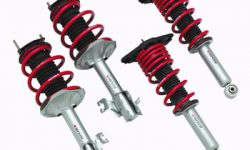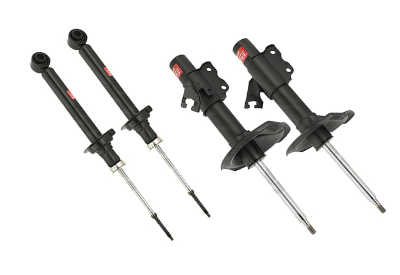
Although shocks and struts are not the most exciting part of your car, they are an essential part of a system that keeps you and your car safe. Knowing the signs of when to replace shocks and struts can be easy if you know what to look for. Bad shocks are not only bad for your car, but they can also reduce important safety functions of your vehicle.
Firstly, you’ll want to know the difference between a shock and a strut. Most people use the words interchangeably but they are two different parts. A shock absorber is a hydraulic tube filled with fluid which helps dampen the ride when you go over uneven surfaces. A strut has the same function except a strut supports a spring that holds up the weight of the vehicle. Most cars have struts in the front and shocks in the back with supporting springs.
Here are the signs that will help you identify when your shocks and struts need to be replaced.
- Excessive Bouncing: When going over a bump your vehicle continues to bounce well after you have finished driving over the rough patch of road.
- Swaying: As you come out of a turn your car rolls or sways.
- Leaks: If there is fluid visible on the shock or strut the part has been compromised and will no longer work as efficiently or as safely as a new one.
- Knocking: Hitting a pot hole or bump produces a loud knocking sound. Often caused by bad rubber stoppers which help support the struts and shocks.
- Nose Diving and Squatting: If your car’s front end dives when braking, it is an indication of bad shocks or struts. Additionally, you may have bad shocks or struts if under acceleration your car dips our squats.
- Tire Cupping: When your car is bouncing more than normal it will cause the tires to wear unevenly and prematurely. Your tires will start to develop bald spots due to the bouncing.
Bad struts and shocks over time reduce the comfort of your vehicle as well as the safety. When your vehicle is bouncing, more weight is either being absorbed by the good shocks and struts or is creating more stress on other suspension parts, leading to premature failure. Car control is reduced in corners and becomes less predictable creating safety concerns. Braking becomes less effective when the tires are not constantly on the road due to bouncing. This leads to reduced braking ability, resulting in longer stopping distances that are critical in emergency situations.
All of this can be avoided by doing a simple visual inspection and a bounce test.
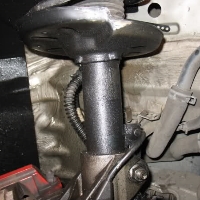
1.Check your shocks and struts for leaks or dents.
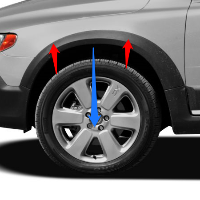
2.Perform a bounce test by pushing down hard on each corner of the vehicle. If the car continues to bounce than you will need to replace your shocks or struts.
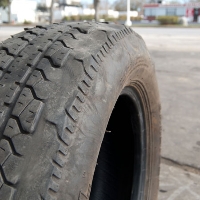
3.Check your tires for abnormal wear.
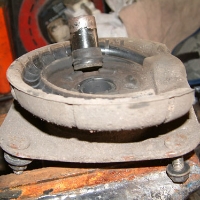
4.Inspect rubber bushings as they may be worn or cracked, leading to more stress on your shocks and struts
Don’t risk ruining your car or creating an unnecessary safety concern. Know what to look for when your shocks and struts are bad and get them replaced. There are a few people who might just want to purchase just one strut but we recommend replacing in pairs or all four. When one shock or strut goes bad additional stress leads to quicker failure of other working parts. If one of your front struts goes bad, plan on replacing both left and right to keep consistency leading to a safer and more predictable driving experience.
Written by Dara Greaney





